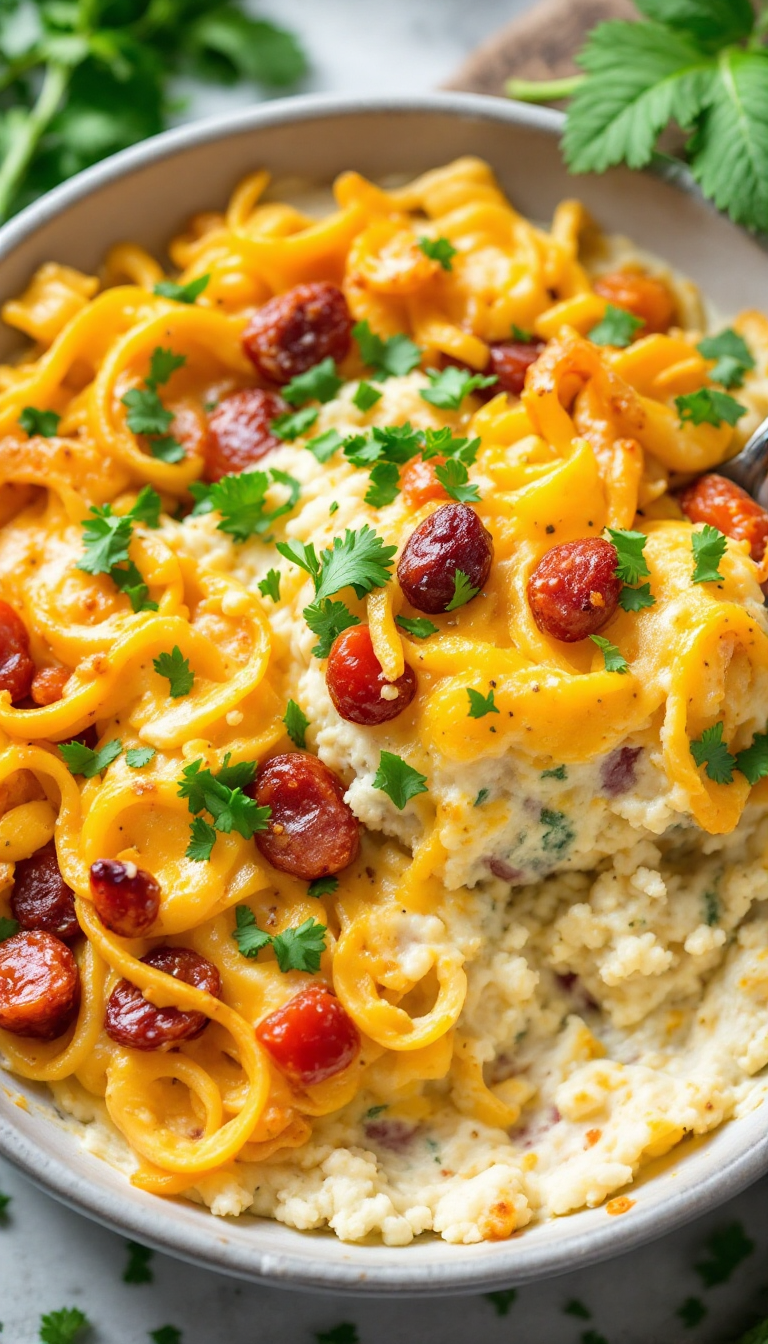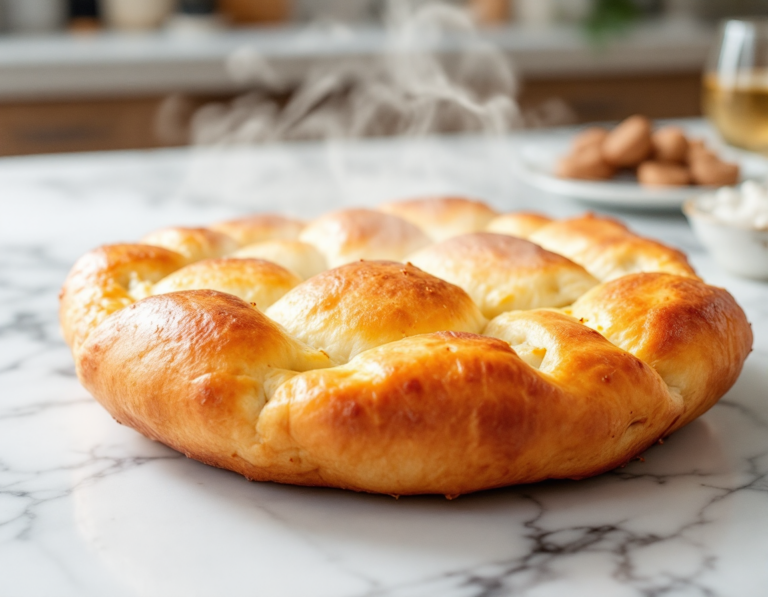
Weeknights can be hectic, but dinner doesn’t have to be. These 25 make-ahead casserole recipes are here to save the day. From cheesy comfort classics to veggie-packed wonders, these dishes can be prepped in advance and popped into the oven when you’re ready. Say goodbye to the dinner rush and hello to easy, delicious meals that the whole family will love.
Steps
- Prepare the casserole by cooking it according to the recipe instructions, ensuring you make a double batch to have one for immediate consumption and one for freezing.
- Once cooked, allow the casserole to cool completely. This step is crucial to ensure it freezes well without affecting the texture or taste.
- Wrap the casserole tightly in foil to protect it from freezer burn and preserve its flavor. If you want to avoid using your casserole dish, line the dish with foil before baking; once cooled, lift the casserole out, wrap, and place it in a freezer bag.
- Store the wrapped casserole in the freezer for up to three months, making sure to label it with the date and contents for easy identification later.
- To reheat, preheat your oven to 350°F. Loosely cover the casserole with foil and bake until heated through. For quicker reheating, individual portions can be microwaved until warm.
- If using fresh bread in the casserole, dry the cubed pieces in a 200°F oven for 10 to 12 minutes to give it more structure during baking.
- Consider using frozen vegetables or pre-shredded cheese to save time when preparing the casserole.
- Enhance the flavor and texture by using crushed tomatoes instead of pureed for a richer, more textured sauce in your casserole.
- For a crispy topping, use day-old bread or bake fresh bread cubes until dry before adding to the casserole.
- If making a pasta bake, incorporate plenty of cheese and any available veggies, opting for frozen if you’re short on time.
- For a vegetarian option, consider a shepherd’s pie with carrots, mushrooms, peas, and green beans in a creamy sauce topped with cheesy mashed potatoes.
- When making a breakfast casserole, use slightly dry bread for better structure and flavor retention during baking.
- If making enchiladas, feel free to use canned sauce to simplify the process without sacrificing taste.

Ingredients
- 2 cups cooked chicken, shredded or diced
- 1 cup uncooked rice
- 2 cups chicken broth
- 1 cup milk
- 1 cup mushrooms, sliced
- 1 onion, finely chopped
- 2 cloves garlic, minced
- 1 teaspoon dried thyme
- 1 teaspoon dried parsley
- Salt and pepper to taste
- 1 cup shredded cheese (cheddar or your preference)
FAQ
- How long can I store casseroles in the freezer?
- Casseroles can be stored in the freezer for up to three months. Make sure to wrap them tightly in foil to preserve their freshness.
- What is the best way to reheat a frozen casserole?
- To reheat a frozen casserole, cover it loosely with foil and place it in a 350°F oven. For individual portions, using the microwave is recommended.
- Can I freeze casseroles without using my casserole dish?
- Yes, you can line your casserole dish with foil, bake and cool the casserole, then freeze it. Once solid, lift it out, wrap it in foil, and place it in a freezer bag. When ready to serve, unwrap and return it to the original dish for baking.
- Are there any tips for using bread in casseroles?
- Using slightly dry or “day-old” bread is ideal for casseroles as it holds up better and provides more structure. If your bread is fresh or soft, cube it and dry it in a 200°F oven for 10 to 12 minutes before using.
- Can I use frozen vegetables in casseroles?
- Absolutely! Frozen vegetables can be a time-saver and work well in casseroles. They are often pre-cooked, which helps ensure even cooking.
- Is it okay to use canned ingredients in casseroles?
- Yes, canned ingredients like tomatoes or enchilada sauce can be used in casseroles and are convenient options when pressed for time.
Tips
- Double Up for Convenience: Prepare two casseroles simultaneously—one for dinner and another to freeze. This efficient approach ensures you have a ready meal available for busy days, saving time and effort later.
- Freeze Smart: To avoid occupying your casserole dish, line it with foil before baking. Once the casserole is cooked and cooled, freeze it until solid, then transfer it to a freezer bag. This method allows you to reuse your dish without hassle.
- Optimal Reheating: For the best results, reheat whole casseroles in the oven at 350°F, loosely covered with foil. If you’re only reheating individual portions, using the microwave is more efficient.
- Ingredient Substitutes: If you’re short on time or ingredients, consider using frozen vegetables or pre-made sauces, as they can be convenient and reduce preparation time without compromising on flavor.
Equipment
- Casserole Dishes: Multiple dishes for baking and freezing casseroles.
- Freezer Bags: Heavy-duty bags for storing casseroles in the freezer.
- Food Processor or Blender: For making sauces or purées.
- Microwave-Safe Containers: For reheating individual portions.
- Oven Thermometer: To ensure accurate oven temperature when baking.
- Aluminum Foil: For wrapping casseroles before freezing.
